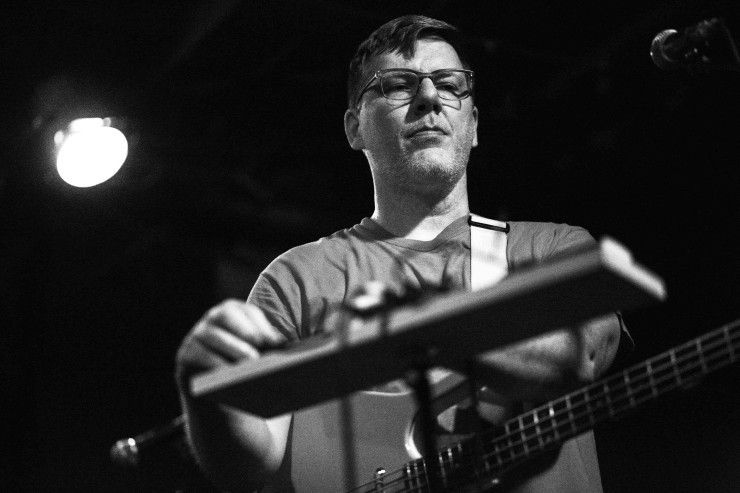Collaboration is the key to creating movies and music.
This post was written by Fr Andrew Willis.
Last summer, director Chris Kasick, with whom I had collaborated on his previous film, Uncle Nick, contacted me about a project he had been working on for several years. All I knew before speaking was that he was filming in West Virginia.
Once we had a chance to talk about what the movie was about, he said I was the guy to compose the music. He said something like “You’re from over there”, Appalachia – not exactly, but close, “we worked together, you worked with Errol [Morris, who we’ve both worked on projects for]and you did true crime.”
All true. We had a wonderful experience working together on Uncle Nick, so of course I was there. This project was Citizen detective which will premiere at SXSW this year.
By the time I got my first glimpse of a rough cut of the film, they had a temporary score in place for quite a while. Chris, editor Jeff Gilbert and I had many conversations about what the music should do, and how it should work and sound to bring the story to life.
How I designed the score for Citizen detective
There were three main types of lift the music would have to do in the film. There were the conscience signals from Emily (the main character) which were very sparse and played in little dotted cells that worked around dialogue, there was the music for the amateur sleuth/CrimeCon type segments which were more quirky , then investigative music that purposely ripped tropes from the true crime genre – think pizzicato strings and vibraphones – as a slightly satirical nod. Later in the process, we decided that there was a fourth type of cue happening in a few scenes.
According to Chris, what separated these tracks from other music was that the music drove the segments, versus the vocals. It was the only two times in the movie where the music was driving.
There were things about the temp score that worked well for Chris and Jeff, which isn’t unusual – especially when a project has been in the works for a while. When I started we were looking for signature sounds and instruments – certain combinations that would stand out and give this thing its own sonic world.
Like most film composers These days I have a bunch of sound libraries at my disposal, but it required experimenting with different juxtapositions.
In the end, it was a funky little band: the Cristal Baschet, several types of organs, strings played by members of Boston’s Craft Ensemble, percussion, a tuba, vibes, an electric piano and my old Radio Shack Moog (a KY garage sale found).

I love working with Chris because he has ever-changing ideas about music and it’s a fun challenge to see if I can actually bring them to life. Often I write several variations of a line with which we go back and forth before hitting it – in this case, until the last hour.
I also appreciate the kind of direction he gives. One of his first instructions was to listen to a piece of thin blue line soundtrack because he liked the way there are two threads of music at the same time. The “counterpoint”, as he called it. It became a term he often used to describe what he was looking for, referring to a specific section of the first piece I had composed based on that description. I had never worked with Jeff, and he was an amazing editor to work with.
Great for communicating big picture thoughts and ideas, but also really in tune with the finer details of the music. He also kept his hand firmly on the helm when we started to veer off course with some of the brainstorming we were doing.
In the end, I’m thrilled with how the score turned out. Fortunately, the rest of the team too. The premiere screening at SXSW will be my first time seeing the finished film and I can’t wait to see how this thing performs in front of a live audience!
Let me know your thoughts in the comments.
